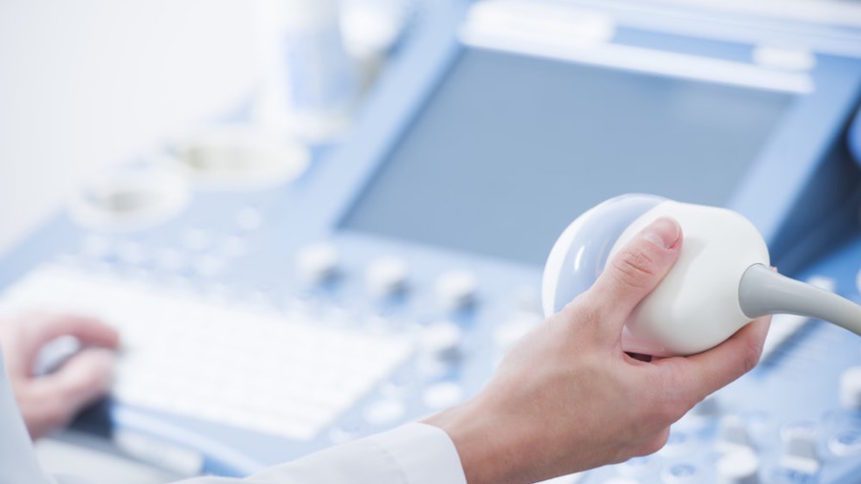
When egg freezing became available in the United States a little more than a decade ago, fertility doctors weren’t sure what to tell patients as to how many eggs they should put away for safekeeping. The realistic answer was something along these lines: As many as they could afford. The idea was that women should give themselves the best chance of bringing home a baby down the road, and well, having a substantial stash offered more tries to hit the jackpot.
Yet in the early days of egg freezing, when the price could top $13,000 per cycle, a woman was forced to do a new kind of fertility math: Trying to figure out how many eggs she might produce per ovarian stimulation cycle (typically 6 to 12), her chances of success, and how they all factored into her (or her parents’) budget.
That is then weighed against the process of attrition: An embryologist might thaw 10 eggs at a time, and eight might survive. Fewer will make it to the embryo stage after being injected with sperm, and fewer still will last the three to five days it takes to grow into embryos that are hearty enough to be transferred into the uterus. For each “transfer” of one to three embryos, depending on her age and egg quality, she will have a 30 to 50 percent chance of becoming pregnant and delivering a baby.
Sound overwhelming? The good news is that two developments are making that calculation easier: First, egg freezing prices have come down in recent years. For example, many clinics now offer multi-cycle packages to give women a chance to bank a couple dozen eggs.
Fertility doctors have found the sweet spot regarding the number of eggs to put away.Shady Grove Fertility, the nation’s largest fertility program with offices across the mid-Atlantic, charges $12,500 to bank 20 eggs over several cycles. Two new startups are also disrupting the market: Extend Fertility in Manhattan charges women $4,990 to freeze 12 eggs, and Spring Fertility in San Francisco lets women pay $3,000 up front for one cycle and then pay $159 monthly for three years. (A second cycle is $8,500.) However, the creative pricing doesn’t include thousands more for medication or hundreds more for annual storage. Never mind the bill at the other end to get the eggs thawed, fertilized, and put back inside you as embryos.
Second, and this is a key discovery, fertility doctors have found the sweet spot regarding the number of eggs to put away. Joseph Doyle, MD, of Shady Grove Fertility recently crunched the numbers in a study for the journal Fertility & Sterility.
For women under 35, saving 20 eggs gives a woman an 85 percent cumulative chance of bringing home one baby. It’s an 80 percent chance for women ages 35 to 37.
According to Doyle, 20 percent of Shady Grove’s patients obtain 20 eggs in one cycle (and receive a refund of $4,000 from the $12,500 baseline price for several cycles); 45 percent reach that number in two cycles and 25 percent produce that many in three cycles.
“If you haven’t gotten a baby out of the first 20 eggs, the likelihood that the next five or ten will result in a baby will be small,” says Doyle.
He explained that women 38 to 40 should bank 30 eggs to have a 75 percent chance of giving birth to one baby. Women 41 to 42 will have about a 50 percent chance with 30 eggs.
“I tell my patients ‘Once you have frozen eggs, don’t put family-building completely on the back burner,’” says Doyle. “They’re supposed to be Plan B. But if you wait until you’re 45, that’s Plan A.”
Contributor
Sarah Elizabeth Richards
Sarah Elizabeth Richards is the author of Motherhood, Rescheduled: The New Frontier of Egg Freezing and the Women Who Tried It, a narrative non-fiction book that chronicles the lives of four women who attempt to preserve their fertility by freezing their eggs. She has written about health and medicine and social issues for more than two dozen media outlets, including The New York Times, The Wall Street Journal, Time, Newsweek, Elle, Marie Claire, Cosmopolitan, Financial Times and Slate.

Listen to stories, share your own, and get feedback from the community.

















